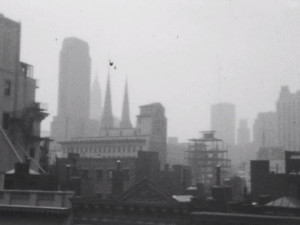
A short pan of downtown New York City.
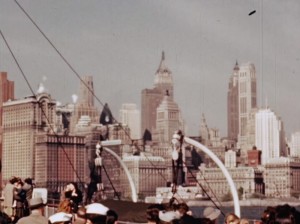
"Most of the residents of New York City know that the world's metropolis is something more than a play place for sensation hunters. But, if one were to judge from many films of New York City, the conclusion would be inevitable that the urban settlement at the mouth of the Hudson River is chiefly devoted to night clubs and parades and is populated largely by those who frequent them. In New York Calling, made for the New York Central System, of which he is supervisor of the Motion Picture Bureau, Frederick G. Beach has presented the New York Central's eastern terminal city as a reasonable and understandable place, where sane people live and to which a man may bring or send his family for a holiday without wondering if they will survive the experience. Made for showing to families, Mr. Beach's excellent Kodachrome footage covers the best of New York City with an apparently effortless leisure, in spite of its brevity. Including many different phases of a great city, the picture has a generous amount of well made closeups. Things that will interest children are strikingly presented. If this reviewer did not already live in New York City, Mr. Beach's movie, with excellent narrative and music, would be the best possible argument for him to change his residence. It certainly will prove to be persuasive in the days when railroads can again urge us to travel for pleasure." Movie Makers, Dec. 1942, 508-509.
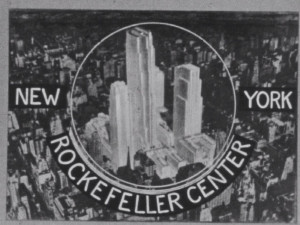
A short film of the New York Rockefeller Center under construction.
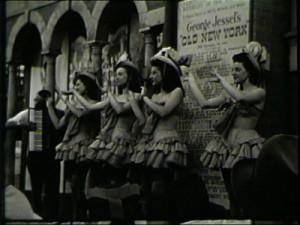
"A clever, artfully-shot, and carefully-edited amateur film of the 1939 New York World's Fair." oldfilm.org
"R.W. Smiley who produced New York World's Fair is at the head of the Publicity Department of the Royal-Liverpool Group of Insurance Companies, and made this film to show the visiting agents of those companies what the Fair was like, so that they might have an idea of what they could see, before ever they visited the Fair" ("Program Notes," 1940).
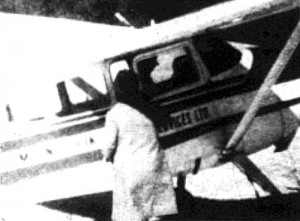
"New Zealand by Charles J. Ross, FPSA, of Los Angeles, Calif. Charlie does his usual thorough and past prize-winning best on this fine example of the travel film that few people are capable of doing so well. This 30-minute 16mm film won for him an Honorable Mention" PSA Journal, Nov. 1970, 38.
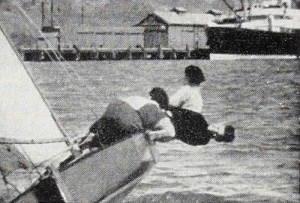
"New Zealand's South Island is the one treated in this production, one of two which Ernest H. Scott made during a prolonged visit Down Under. The awe inspiring Southern Alps have been recorded here with expert camera work and pleasant composition, and the whole impressive terrain of this part of New Zealand is appealingly set forth. The musical scoring, while standard, is adequate to the purpose. The narration is capably written and professionally delivered. If a need for more closeups is felt occasionally, it should be remembered that the large land itself is the star in New Zealand Holiday." Movie Makers, Dec. 1951, 412.
Total Pages: 299